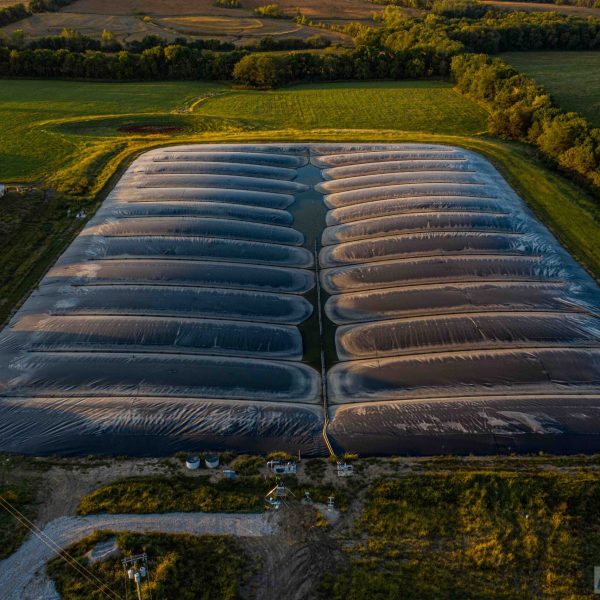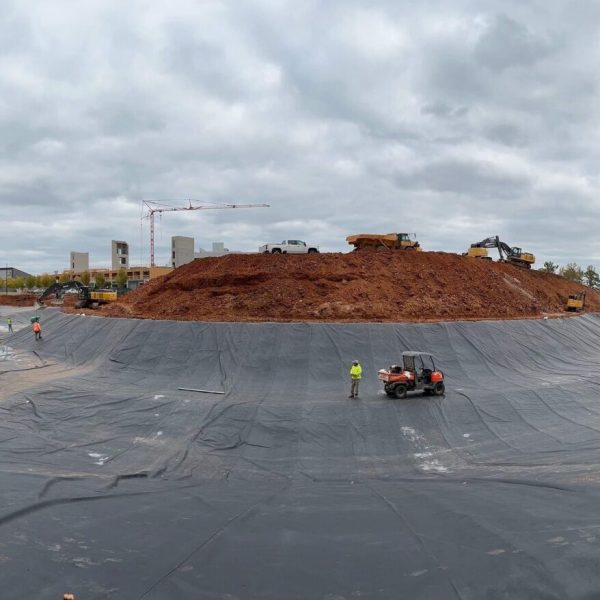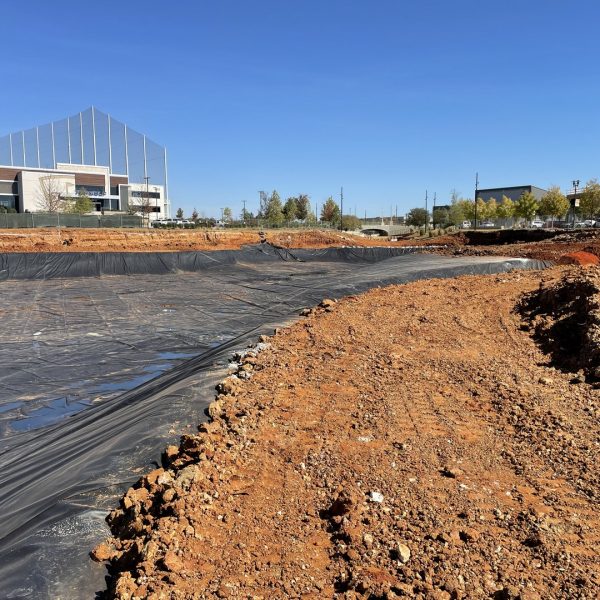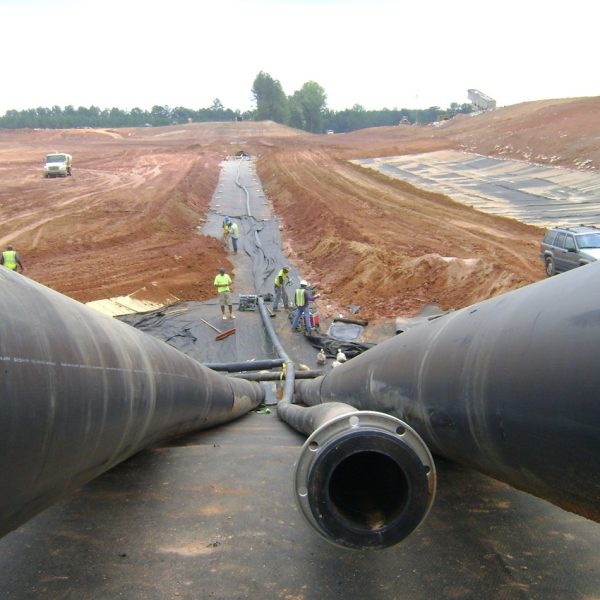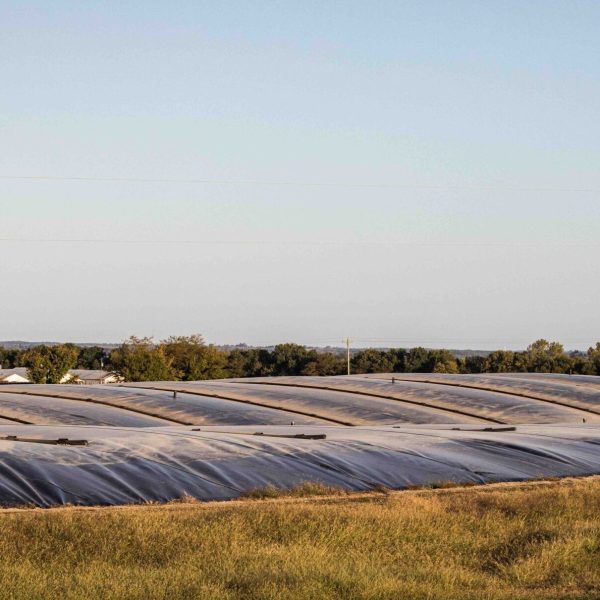Floating Cover Installation
CONTACT NOW FOR FREE CONSULTATION













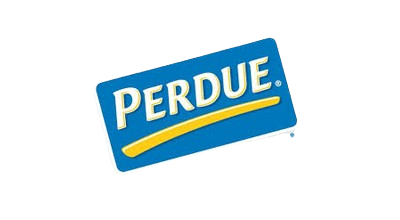




Unmatched Performance
Floating Cover Installation
CONTACT NOW FOR FREE CONSULTATION
Read more
Floating Pond Covers
Engineered to Control Evaporation, Odor, and Emissions
Plastic Fusion Fabricators designs and installs floating cover systems for ponds, tanks, reservoirs, and digesters—helping you reduce evaporation, capture biogas, and meet strict environmental compliance. Whether you’re managing wastewater, manure, stormwater, or renewable energy systems, our floating covers are built for durability, chemical resistance, and long-term performance.
Precision-Built Floating Covers for Every Application
We install floating pond covers, tank covers, and reservoir systems using HDPE, XR-5, or reinforced geomembranes, engineered to withstand UV exposure, gas buildup, and fluctuating fluid levels. Our systems include:
Gas-tight seams and perimeter anchoring
Ballast and venting systems
Access hatches, gas recovery points, and condensate drains
Custom-fit solutions for round, rectangular, or irregular containment zones
Floating Cover Systems for Biogas Plants and Digesters
If you’re operating a biogas digester or anaerobic lagoon, our floating cover biogas digester systems help trap methane, reduce odor, and support energy capture. We’ve installed floating covers in biogas plants across the U.S., integrating with piping, flare systems, and gas collection infrastructure.
Looking for a floating cover digester solution that’s reliable, low-maintenance, and built to perform? We’ve got it covered.
Floating Covers for Temperature and Evaporation Control
Our floating evaporation covers significantly reduce water loss in open containment systems—essential for arid climates and critical water conservation sites. Whether you’re managing floating pond covers, floating covers for reservoirs, or floating tank covers, we design systems that:
Minimize solar exposure and algae growth
Maintain liquid temperature stability
Prevent contamination and wildlife entry
Help meet regulatory mandates for water conservation
Applications We Support:
Agricultural & manure lagoons
Industrial and municipal wastewater ponds
Anaerobic digesters and biogas plants
Firewater tanks and secondary containment
Stormwater and leachate reservoirs
Why Plastic Fusion for Floating Evaporation Covers?
With 30+ years in geosynthetics and containment, we’re trusted by industries that can’t afford liner failure or gas loss. From floating pond cover installation to complex floating tank cover retrofits, we build cover systems that meet code, last decades, and deliver ROI.
📞 Request a quote today. Whether you need a floating cover for evaporation control or a biogas digester upgrade, Plastic Fusion will build it right—the first time.



